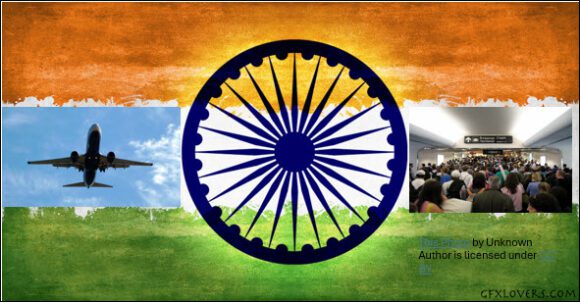US airline traffic growth, which was quite strong in the first half of 2021, has slowed in the second half and is now following historic patterns of month-to-month variation. We call this phenomenon constrained normalcy.
The following chart illustrates the start of constrained normalcy at mid-year by applying the monthly traffic pattern of the last pre-pandemic year, 2019, and overlaying it on 2021 results. Using the highest volume month, July, as the baseline point, it becomes quite clear that prior to July traffic was growing rapidly, as it was well below the line and catching up. But since July 2021 traffic, shown in red, has closely followed normal historical patterns but at a lower level due to industry constraints – constrained normalcy.

The recovery in airline traffic stalled out in July and the industry has been operating in a constrained normalcy mode ever since. The continued closure of international routes and the slow recovery in business traffic is impacting growth, but the November 8th re-opening of the US to vaccinated travelers could provide an additional impetus. These, however, have been offset by labor shortages and scheduling constraints that have kept flight frequencies down. As of today, the theory of constrained normalcy that we first spoke about in August appears to be on target.
That constrained normalcy is expected to continue through mid-2022 for domestic operations, but we are likely to see a return to growth as international markets in the 4th quarter. Airlines have already seen a spike in early bookings for flights from the EU to the US, and are expecting a traffic bump as international frequencies will slowly be restored through year-end. But what it means is that we aren’t quite back to normal yet and that the impacts of the pandemic are likely to continue longer than anyone hoped or desired.
This week’s events at American Airlines, after the incidents two weeks before at Southwest, indicate just how fragile the system is, operating with load factors at record levels. There simply isn’t the capacity to avoid stranding travelers should an incident occur. In another month, we’ll enter the winter season, with storms likely from December through March. The events from American this week may be minor when compared to what could happen this winter, as the labor and operational constraints facing the industry are real, and there is virtually no room to re-accommodate customers once flight cancellations cascade.
Constrained normalcy will likely result in continued difficulties in re-accommodating passengers when something goes wrong – and we’re headed into the snowy season. Let’s hope for a mild winter without noreasters or bomb cyclones. If not, the nightmares of travel will lead to the evening news. The pandemic-induced constraints will take a while to dissipate, in the interim leaving us with the potential for a painful winter season. Book early for the holidays and pray for good weather.
Views: 1




